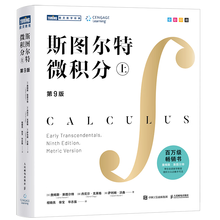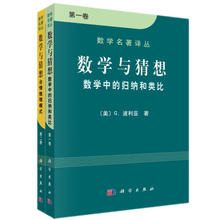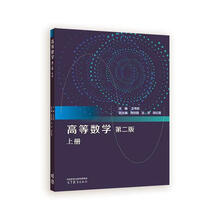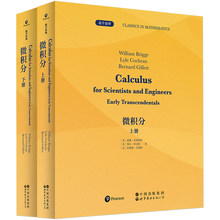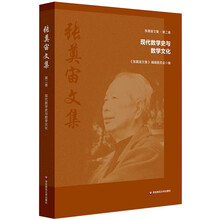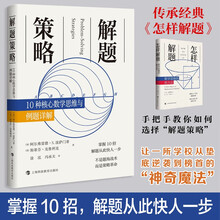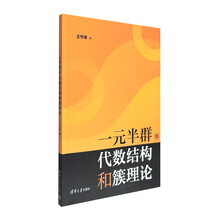Foreword
List of Figures
List of Tables
Ⅰ Foundations
1 Elements of quasigroup theory
1.1 Introduction
1.1.1 The role of definitions
1.1.2 Sets
1.1.3 Products and partitions
1.1.4 Maps
1.2 Objects
1.2.1 Groupoids and quasigroups
1.2.2 Parastrophy: Quasigroup as an algebra
1.2.2.1 Parastrophy
1.2.2.2 Middle translations
1.2.2.3 Some groupoids
1.2.2.4 Substitutions in groupoid identities
1.2.2.5 Equational definitions
1.2.3 Some other definitions of e-quasigroups
1.2.4 Quasigroup-based cryptosystem
1.2.5 Identity elements
1.2.5.1 Local identity elements
1.2.5.2 Left and right identity elements
1.2.5.3 Loops
1.2.5.4 Identity elements of quasigroup parastrophes
1.2.5.5 The equivalence of loop definitions
1.2.5.6 Identity elements in some quasigroups
1.2.5.7 Inverse elements in loops
1.2.6 Multiplication groups of quasigroups
1.2.7 Transversals: "Come back way"
1.2.8 Generators of inner multiplication groups
1.3 Morphisms
1.3.1 Isotopism
1.3.2 Group action
1.3.3 Isotopism: Another point of view
1.3.4 Autotopisms of binary quasigroups
1.3.5 Automorphisms of quasig.roups
1.3.6 Pseudo-automorphisms and G-loops
1.3.7 Parastrophisms as operators
1.3.8 Isostrophism
1.3.9 Autostrophisms
1.3.9.1 Coincidence of quasigroup paiastrolches
1.3.10 Inverse loops to a fixed loci)
1.3.11 Anti-autotopy
1.3.12 Translations of isotopic quasigroups
1.4 Sub-objects
1.4.1 Subquasigroups: Nuclei and center
1.4.1.1 Sub-objects
1.4.1.2 Nuclei
1.4.1.3 Center
1.4.2 Bol and Moufang nuclei
1.4.3 The coincidence of loop nuclei
1.4.3.1 Nuclei coincidence and identities
1.4.4 Quasigroup nuclei snd center
1.4.4.1 Historical notes
1.4.4.2 Quasigroup nuclei
1.4.4.3 Quasigroup center
1.4.5 Regular permutations
1.4.6 A-nuclei of quasigroups
1.4.7 A-pseudo-automorphisms by isostrophy
1.4.8 Commutators and associatcrs
1.5 Congruences
1.5.1 Congruences of qussigrcups
1.5.1.1 Congruences in universal algebra
1.5.1.2 Normal congruences
1.5.2 Quasigroup homomorphisms
1.5.3 Normal subquasigroups
1.5.4 Normal subloolcs
1.5.5 Antihomomorphisms and endomorphisms
1.5.6 Homotopism
1.5.7 Congruences and isotopism
1.5.8 Congruence permutability
1.6 Constructions
1.6.1 Direct product
1.6.2 Semidirect product
1.6.3 Crossed (quasi-direct) product
1.6.4 n-Ary cressed product
1.6.5 Generalized crosssed product
1.6.6 Generalized singular direet product
1.6.7 Sabinin's product
1.7 Quasigroups and combinatorics
1.7.1 Orthogonality
1.7.1.1 Orthogonality of binary operations
1.7.1.2 Orthogonality of n-ary operations
1.7.1.3 Easy way to construct n-ary orthogonal operations
1.7.2 Partial Latin squares: Latin trades
1.7.3 Critical sets cf Latin squares, Sudoku
1.7.4 Transversals in Latin squares
……
Ⅱ Theory
Ⅲ Applications
A Appendix
A.1 The system of German banknotes
A.2 Outline of the history of quasigroup theory
A.3 On 20 Belousov problems
References
Index
编辑手记
展开

